Do you have a question about the Gigabyte TRX40 AORUS PRO WIFI and is the answer not in the manual?
Lists the items included in the motherboard package for user reference.
Details essential safety and handling guidelines before installing hardware components.
Provides a comprehensive list of the motherboard's technical features and capabilities.
Step-by-step guide for properly installing the Central Processing Unit (CPU) onto the motherboard.
Instructions for correctly installing RAM modules into the motherboard's memory slots.
Guidance on how to install add-in cards into the motherboard's expansion slots.
Instructions for configuring multi-GPU setups using AMD CrossFire or NVIDIA SLI technologies.
Description and identification of all ports and connectors located on the motherboard's rear panel.
Detailed explanation of internal headers and connectors on the motherboard for system assembly.
Describes the initial logo screen displayed when the computer boots up during the POST.
Overview of the main BIOS interface, including navigation and function keys.
Explains how to set and access frequently used BIOS options for quick switching.
Advanced section for fine-tuning CPU, memory, and system performance parameters.
Covers various system configuration options, including platform power, I/O ports, and USB settings.
Displays motherboard model, BIOS version, and system information.
Configuration options related to system startup order, security, and boot modes.
Instructions for saving BIOS changes, loading defaults, and exiting the BIOS setup utility.
Step-by-step guide to setting up RAID arrays using SATA or M.2 storage devices.
Procedure for installing essential motherboard drivers after operating system installation.
| PCI Express x1 slots | 1 |
|---|---|
| PCI Express x16 slots | 4 |
| Number of M.2 (M) slots | 3 |
| Parallel processing technology support | 2-Way CrossFireX, 2-Way SLI, 3-Way CrossFireX, 3-Way SLI, Quad-GPU CrossFireX, Quad-GPU SLI |
| Cables included | SATA |
| Bundled software | Norton Internet Security cFosSpeed XSplit Gamecaster + Broadcaster |
| Drivers included | Yes |
| Component for | PC |
| Motherboard chipset | AMD TRX40 |
| PC health monitoring | FAN, Temperature, Voltage |
| Audio output channels | 7.1 channels |
| Motherboard form factor | ATX |
| Motherboard chipset family | AMD |
| Windows operating systems supported | Windows 10 Education x64, Windows 10 Enterprise x64, Windows 10 Home x64, Windows 10 Pro x64, Windows 10 x64 |
| Wi-Fi standards | 802.11a, 802.11b, 802.11g, Wi-Fi 4 (802.11n), Wi-Fi 5 (802.11ac), Wi-Fi 6 (802.11ax) |
| Bluetooth version | 5.0 |
| Ethernet interface type | Gigabit Ethernet |
| USB connector type | USB Type-A, USB Type-C |
| DVI-D ports quantity | 0 |
| WiFi-AP antenna jack | 2 |
| USB 2.0 ports quantity | USB 2.0 ports have a data transmission speed of 480 Mbps, and are backwards compatible with USB 1.1 ports. You can connect all kinds of peripheral devices to them. |
| USB 3.2 Gen 2 (3.1 Gen 2) Type-A ports quantity | 5 |
| BIOS type | UEFI AMI |
| BIOS memory size | 128 Mbit |
| System Management BIOS (SMBIOS) version | 2.7 |
| Memory channels | Quad-channel |
| Memory slots type | DIMM |
| Number of memory slots | 8 |
| Supported memory types | DDR4-SDRAM |
| Maximum internal memory | 256 GB |
| Supported memory clock speeds | 2133, 2400, 2667, 2933, 3200, 3300, 3333, 3400, 3466, 3600, 3733, 3866, 4000, 4133, 4266, 4400 MHz |
| Supported memory module capacities | 32GB |
| Processor socket | Socket sTRX4 |
| Compatible processor series | 3rd Gen AMD Ryzen™ Threadripper™ |
| Harmonized System (HS) code | 84733020 |
| Depth | 244 mm |
|---|---|
| Width | 305 mm |
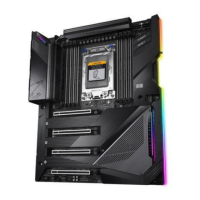
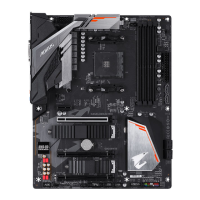
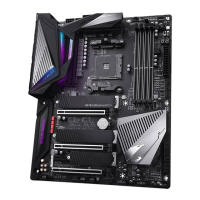

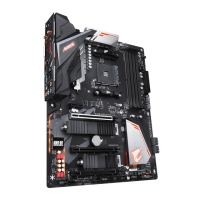
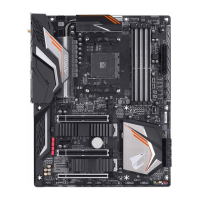
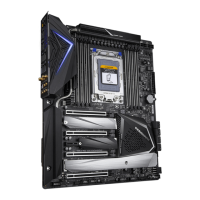

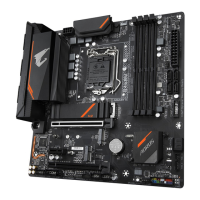
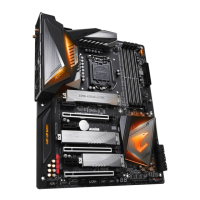
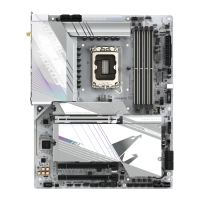
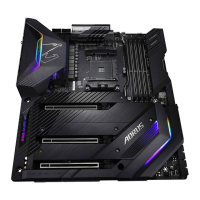
